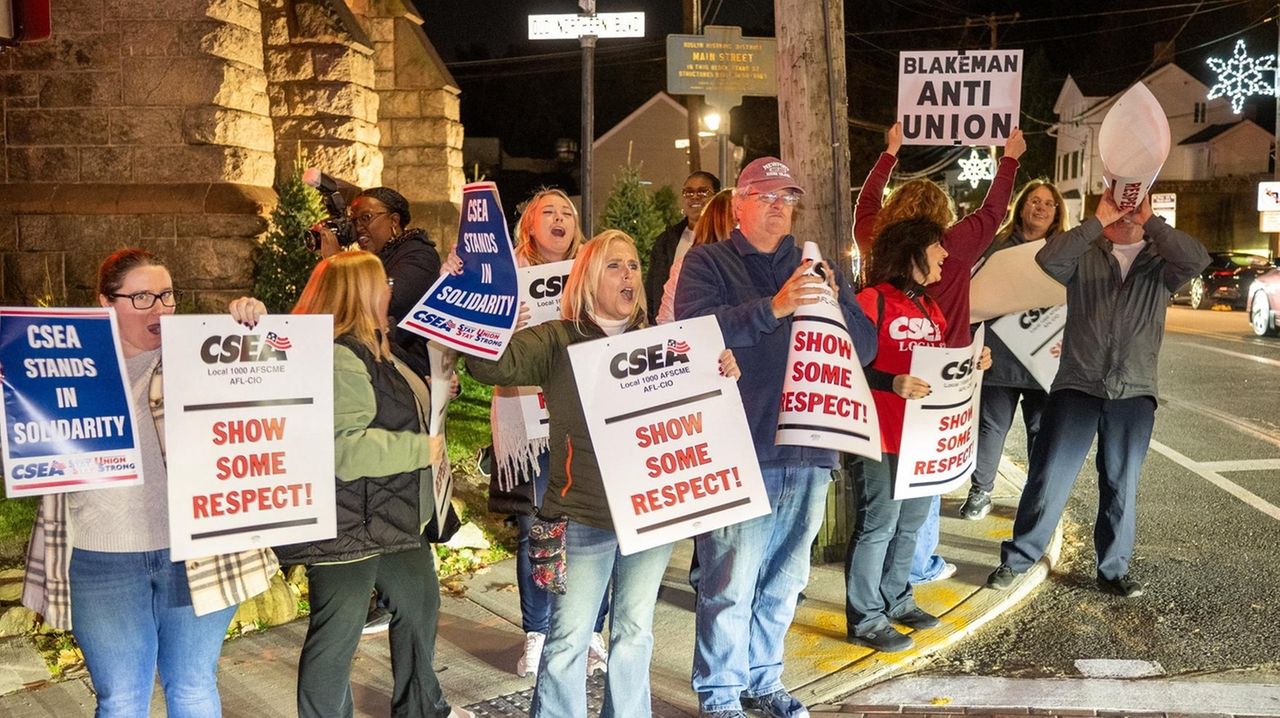Health Care Showdown: Nassau CSEA Contract Sparks Political Firestorm

As the Nassau County Executive race heats up, Democratic challenger Seth Koslow is now stepping into the spotlight, actively courting union support in his bid to challenge Republican incumbent Bruce Blakeman. The young legislator is strategically positioning himself to win over crucial labor endorsements, hoping to build momentum in what promises to be a competitive political contest.
Koslow, currently serving as a Nassau County Legislator, is leveraging his local political experience to differentiate himself from the incumbent. By reaching out to union representatives and highlighting his commitment to workers' rights, he aims to create a compelling narrative that resonates with labor-focused voters across Nassau County.
The campaign is shaping up to be a dynamic battle of political strategies, with Koslow seeking to chip away at Blakeman's support base by demonstrating strong connections with organized labor. His outreach efforts signal a determined approach to building a broad coalition of support in the upcoming election.
